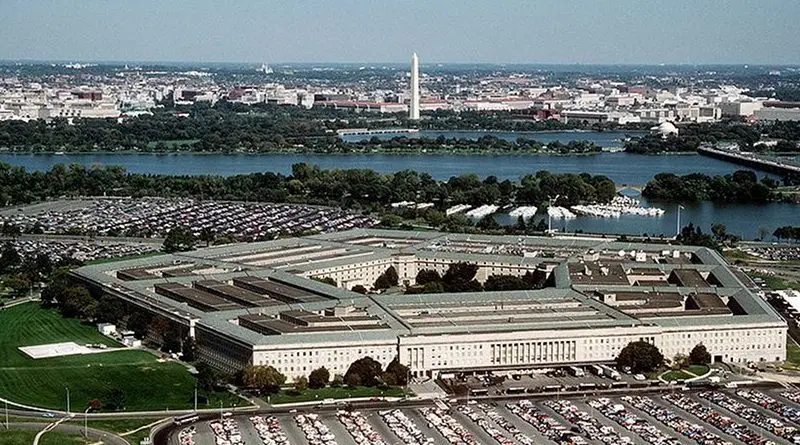National Space Security Strategy Outlines Rules of the Road
By DoD News
By Gregory L. Schulte
Department of Defense’s strategic approach to space must change. This is the message of the National Security Space Strategy recently approved by Secretary of Defense Robert Gates and Director of National Intelligence James Clapper.
Today, space capabilities support a much broader range of domestic and global needs. Space systems benefit the global economy, enhance our national security, strengthen international relationships, advance scientific discovery, and improve our way of life.
Many nations have recognized the benefits derived from space, and the United States increasingly shares the domain with more and more space-faring countries — both close allies, like France and Japan, and potential adversaries. And space is increasingly congested, competitive, and contested – challenges that we refer to as “the three C’s.”
U.S. policy must first adapt to increased congestion in space. There are over 1,100 active systems in orbit and an additional 21,000 pieces of debris littering the skies and posing a threat to our satellites. Radio frequency interference is also a concern, with more than 9,000 transponders relaying communications between spacecraft and the ground expected in orbit by 2015. Either radio interference or collision with a piece of debris could render a satellite useless, depriving military forces and national decision-makers of the information it collects and transmits.
Space is also the object of increased competition between nations. When the space age began, only the United States and the Soviet Union had the technology and industrial capacity to develop space capabilities. In recent years, however, growing international interest in space capabilities has spurred space industries in many more nations. The U.S. share of worldwide satellite exports has dropped from nearly two-thirds in 1997 to one-third in 2008. Eleven countries are operating 22 launch sites. More than 60 nations and government consortia currently operate satellites. In sum, the U.S. competitive advantage in space has decreased as market-entry barriers have lowered, and the U.S. technological lead is eroding in several areas as expertise among other nations increases.
America’s assets in space are also increasingly contested by its rivals and adversaries. China demonstrated a direct-ascent anti-satellite capability in 2007 and is developing other capabilities to disrupt and disable satellites. Iran and others have demonstrated the ability to jam satellite signals. Our reliance on space tempts potential adversaries to see it as a vulnerability to be exploited.
To confront these challenges, the new National Security Space Strategy begins the process of outlining the rules of the road when it comes to space.
The current body of international space law resides in the 1967 Outer Space Treaty (OST) and its associated conventions. While the OST is a good departure point, a clearer definition of responsible behavior can help minimize the chances for mishaps, misperception, and mistrust in space.
Rules can help the United States minimize the chance of collisions in space, reduce unintentional radio frequency interference, maximize the use of crowded orbits, and discourage destabilizing behavior such as intentional interference with space systems in times of crisis. Rules encourage good conduct but also provide a way to hold accountable those who would engage in malign acts.
As a first step in developing rules, we are working closely with the State Department to evaluate the European Union’s proposed code of conduct for the use of space and are encouraging other space-faring countries, including Russia, China, and India, to do the same. We are considering what further measures of transparency, verification, and confidence-building can enhance the stability of space. And we are working with the State Department to establish and conduct bilateral and multilateral space security dialogues with existing and emerging space-faring nations to encourage increased transparency and confidence building measures.
Rules of the road need to be accompanied by practical measures to support implementation and monitor compliance. U.S. Strategic Command, the military combatant command with responsibility for space, is already doing important work to help other countries avoid collisions by providing Space Situational Awareness services. Just as the Air Force through USSTRATCOM is the world’s premier provider of global positioning data, USSTRATCOM is becoming the world’s premier provider of collision warning. Fostering broader sharing of space situational awareness information to avoid collisions is a first step toward shared responsibility for the safety, stability, and security of the space domain.
(Gregory L. Shulte serves as Deputy Assistant Secretary of Defense for Space Policy. This article was first published Feb. 9, 2011, in “Foreign Affairs” magazine.)

